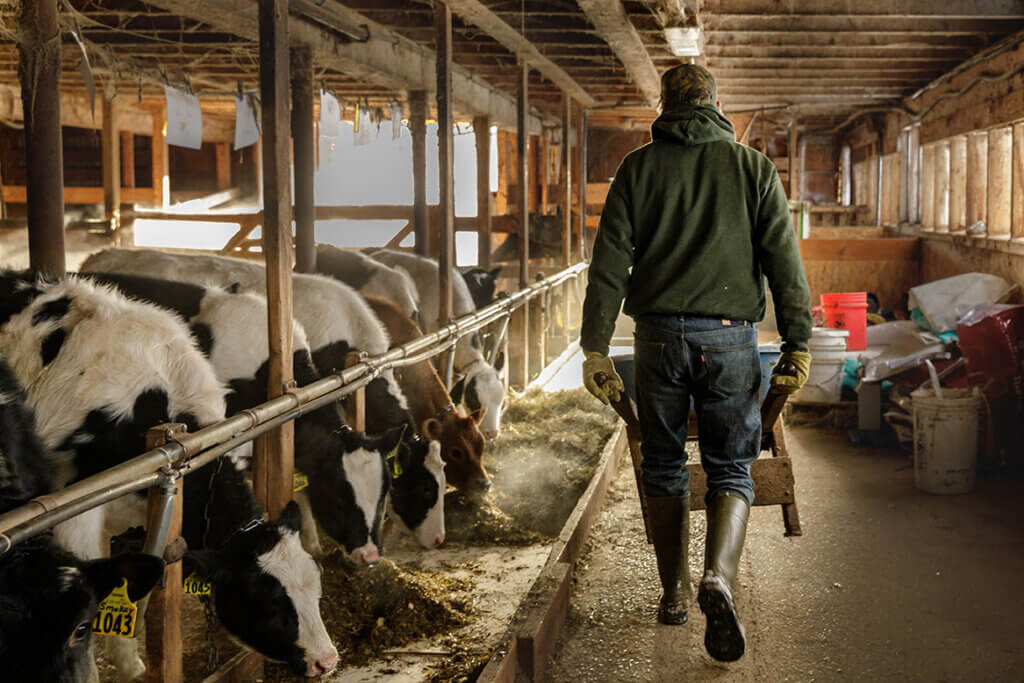Manual Handling
Manual Handling still represents a significant portion of injuries sustained in the workplace, despite many interventions, education and training that is readily available to employers and employees. According to the Australian Bureau of Statistics (2023), the most common cause of injury or illness at work was “lifting, pushing, pulling or bending.”
Many manual handling training sessions do not put anyone under any circumstance where they are required to manually handle anything that resembles a work specific task. Our manual handling philosophy is based on the principles of athletic development, in an occupational context.
These principles are:
– Core Stability
– The Right amount of Joint Mobility and Muscle Flexibility
– Skill learning and adaptation of the skills of manual handling
– Practicing this skill
Ask how we can help your place of business!
Many manual handling tasks require the “Occupational Athlete” to move in ways that are far removed from a “standard” lifting technique. We explore the awkward manual tasks and postures that are related to workplaces and have employees work in small groups to solve these problems.
Manual Handling Training should be an investment in someone’s learning. Vector Health & Performance strives to provide an environment where an employee can learn and improve their physical capacity.
As part of our service, we provide either a video-conference or face-to-face discussion prior to training to discuss the reasons for manual handling training, to explore the common movement patterns required in your workplace, injury history and establishing a list of job roles and job tasks that are within your workplace. This is performed prior to any training taking place to allow us to customise the design of our training program to suit your differing roles. For example, in general a sedentary job will require less manual handling training than a mechanical fitter, due to the more physical nature of the fitter’s job role.

